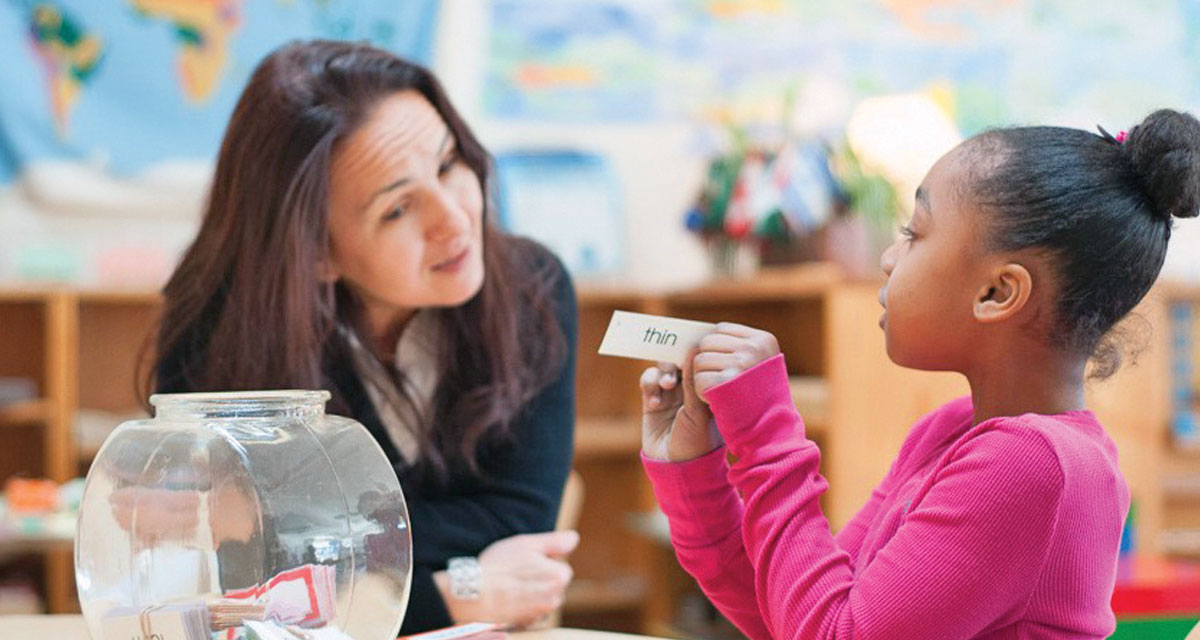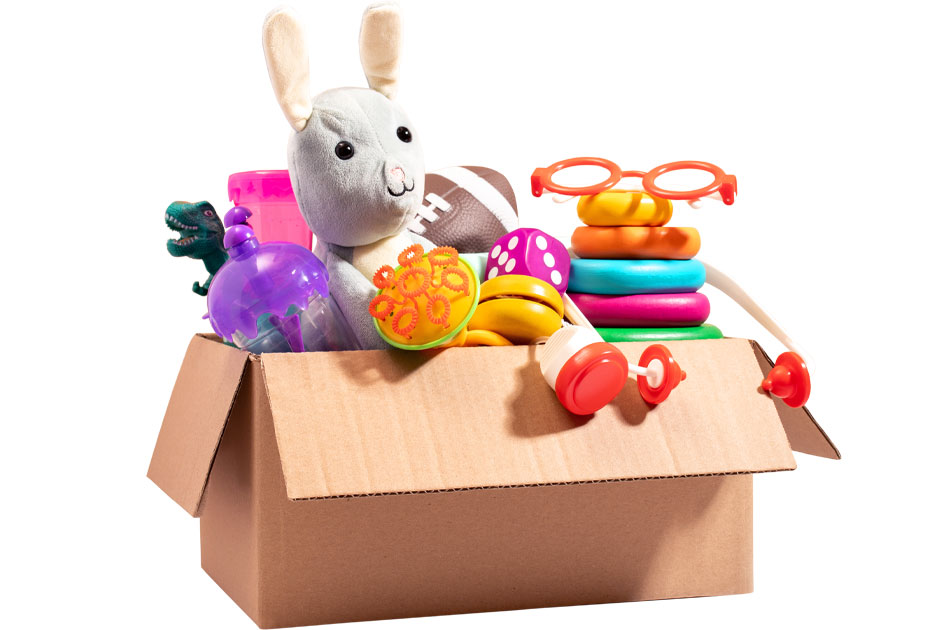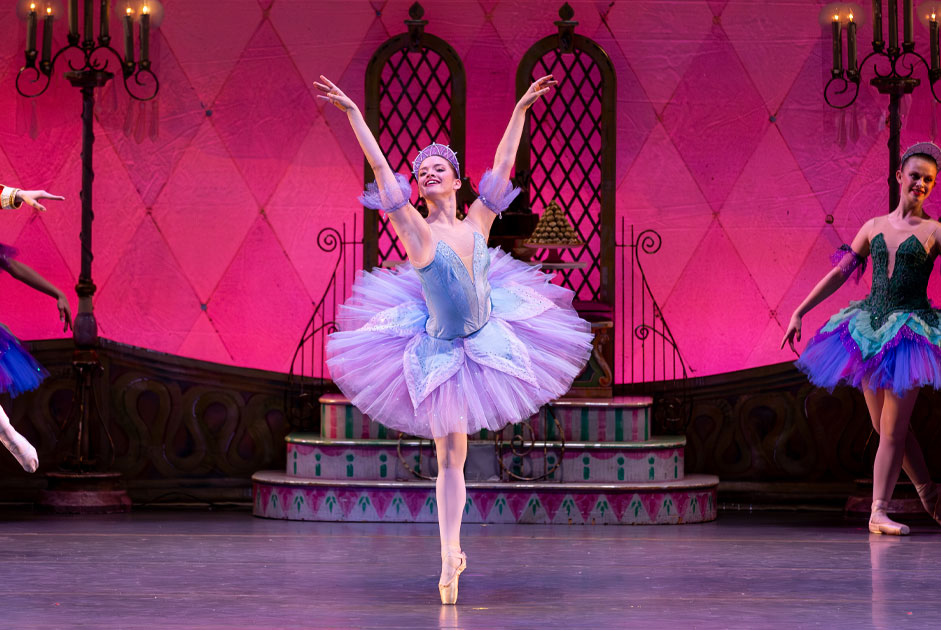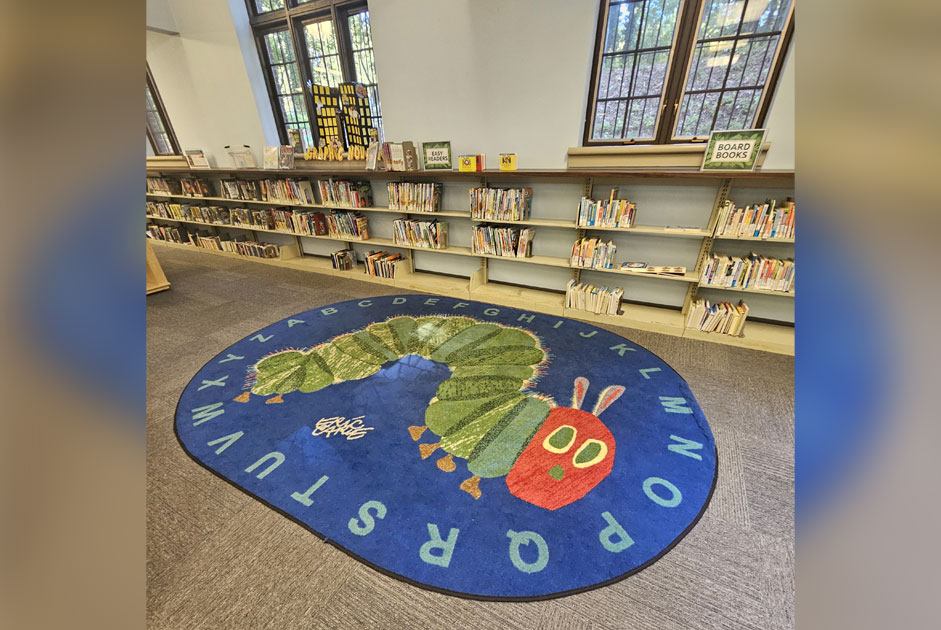As a parent, you may envision, and hope for, your child’s development to be linear and predictable like an ever-climbing line on a graph. From day one into adulthood, they continue to pick up new things, discover the world around them, and excel in traveling up, and up, on that imaginary graph.
The reality, however, is that children develop in a much less predictable fashion with long plateaus with little to no evident growth, followed by massive leaps of progress, and possibly even regression of development as part of the cycle. What’s important to remember is that this is perfectly normal! What’s more, we see these patterns repeat themselves across multiple social, emotional, and cognitive development functions. At the end of the day, it’s part of growing up.
So, how do the structures of school and education support those ever-changing development needs and promote learning and growth? The Montessori School of Winston-Salem, TMS, follows and believes in the Montessori multi-year curriculum known as the 3-Year Cycle.
How the 3-Year Montessori Approach Differs From the Conventional
Montessori students experience a multi-year curriculum with the same classroom, teacher and classmates within a 3-year span which provides a level of consistency that helps meet the needs of child and adolescent development. At the end of each cycle, they experience their Capstone Year where students engage in the most challenging work and master what they’ve learned. Essentially, the 3-Year Cycle provides students with the experience of being the youngest, middle, and oldest of the classroom and gives them exposure to the responsibilities that come with each of those roles. Additionally, it curates deep relationships with their teachers and peers over each cycle.
From the teacher’s perspective, this extended learning cycle also allows for a genuine and intimate understanding of each of their students’ learning needs and unique characteristics. According to Professor John Hattie, researcher in education, “One of the most effective indicators of student success is the teacher-student relationship.” The benefits from allowing repetitive time for children to build these relationships during their Montessori education is quite evident.
Why the 3-Year Cycle Works for Children
Jon Churn, Head of School at TMS shared that “the three year cycle is one of my favorite topics when it comes to Montessori education. There is so much research out there that supports the multi-level cycle program, and I’ve seen the impact it makes on children.”
Each child learns and absorbs experiences at a different pace. The 3-Year Cycle not only builds in necessary time for this, but consistency for the social and emotional development as well. A 2003-2012 research study on Montessori students and their outcomes, confirmed that “Montessori children have an advantage not only academically, but also in social and emotional development.” Churn shared, “younger children are inspired by the bigness of the work the older children are doing and can see what’s next in the curriculum to help them get to that big work. This level of situational context for their learning helps children understand, as they grow in the classroom, that they will be able to do Z by doing X and then Y.” This multi-age approach also supports the spiraling curriculum of Montessori education, which provides earlier learning foundations that build toward more complex ones. Revisiting learning topics, while introducing new ones, helps to keep things fresh and allow students to link things together. “The joy of teaching is seeing our students connect what they are learning to other aspects of their education.”
Lasting Impacts Discovered in Students
When you review the many benefits of a Montessori education, two of the greatest are the self-confidence and love of learning students gain over time from truly being active participants in their own education.
TMS shared that, “In a Montessori classroom, children operate within a balanced structure of freedoms and responsibilities, free to follow their inspirations with work that stimulates and satisfies their inner motivations, while remaining responsible for tackling challenging and difficult work head-on.” During the 3-Year Cycle of watching their classmates and learning at their own pace, the confidence that is gained as they can see their own progress is immeasurable, and something that stays with students as they get older.
In a study published by sciencemag.org comparing Montessori cycles with that of traditional schooling, Angeline Lillard shared her findings that, “Montessori children performed better on standardized tests of reading and math, engaged in more positive interaction on the playground, and showed more advanced social cognition and executive control. They also showed more concern for fairness and justice.” Over the academic years in the program, Montessori student outcomes include independence, confidence and competence, autonomy & collaboration, intrinsic motivation, social responsibility, academic preparation, spiritual awareness/cosmic education and global citizenship.
If you are interested in learning more about the 3-Year Cycle, or the overall Montessori approach to education, or to schedule a tour, you may contact the Director of Admissions, Brittney Biggs, at [email protected], call 336.766.5550, or visit their website wsMontessori.org. The Montessori School of Winston-Salem is located at 6050 Holder Road in Clemmons, NC.



















